
The great pre-Columbian Native American civilizations—the Olmec, Maya, Inca, Aztec, and the gold-working cultures of Colombia—left behind as their material legacy a remarkable array of artifacts. Among them are magnificent pieces of gold work, figurines of silver and platinum, tools of copper and bronze, turquoise mosaics, jade masks, obsidian knives, bright-red pigments of cinnabar and hematite, intricate limestone and basalt carvings, and architectural monuments that still stand today.
The creative use of minerals in pre-Columbian times began with the Olmec fascination with jade. As the Americas’ first complex, advanced society, the Olmec preceded the Maya in Mesoamerica (the anthropological region of similar cultural traditions that extends from southern Mexico to Costa Rica). About 2000 BCE, Olmec sculptors began fashioning jade into beads, pendants, figurines, celts (ax heads), and realistic and stylistic human masks.
The term “jade” refers to gem forms of two different minerals, nephrite, and jadeite. Jadeite, or sodium aluminum silicate, is a member of the pyroxene group of inosilicates. With its greater hardness, more intensive colors, and subtle translucency, jadeite is the gemologically superior form of jade. All Mesoamerican jadeite came from the metamorphosed serpentinite rock of southern Guatemala’s Motagua River Valley.
This story is from the {{IssueName}} edition of {{MagazineName}}.
Start your 7-day Magzter GOLD free trial to access thousands of curated premium stories, and 9,000+ magazines and newspapers.
Already a subscriber ? Sign In
This story is from the {{IssueName}} edition of {{MagazineName}}.
Start your 7-day Magzter GOLD free trial to access thousands of curated premium stories, and 9,000+ magazines and newspapers.
Already a subscriber? Sign In
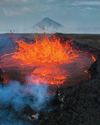
THE BRIGHT SIDE OF VOLCANIC ROCK
As a mineral resource, volcanic rock is decidedly short on glamour.
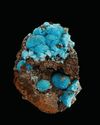
The Other Copper Minerals
12 Lesser-known Collectible Species

MINERAL COLLECTING -AND ROCK & GEM
Evolving Together FOR 54 YEARS
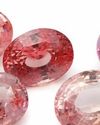
Gemstone Trends
A Look Back at 2024 & What to Expect in 2025
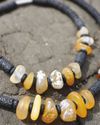
How to Make a GEM BEAD NECKLACE
No Lapidary Experience Needed!
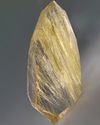
Framing Nature's Art
Faceting Rutilated Quartz for Beginners
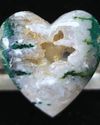
BEDAZZLED BLUE SEAM AGATE
More than several centuries ago, mining was the profession most often seen as befitting of men.
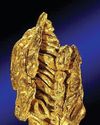
ROCK & GEM FIELD GUIDE:
Spinel is a captivating gemstone with a rich history of being mistaken for gems like ruby and sapphire.
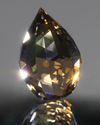
SNAKE SCALE DROP 1.5:1
This Faceting Focus is revisiting the briolette gemstone design because of its popularity with independent and hobby gemstone faceters.
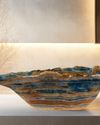
STONE CHIC
How Earth-Inspired Decor Brings Comfort to our Home